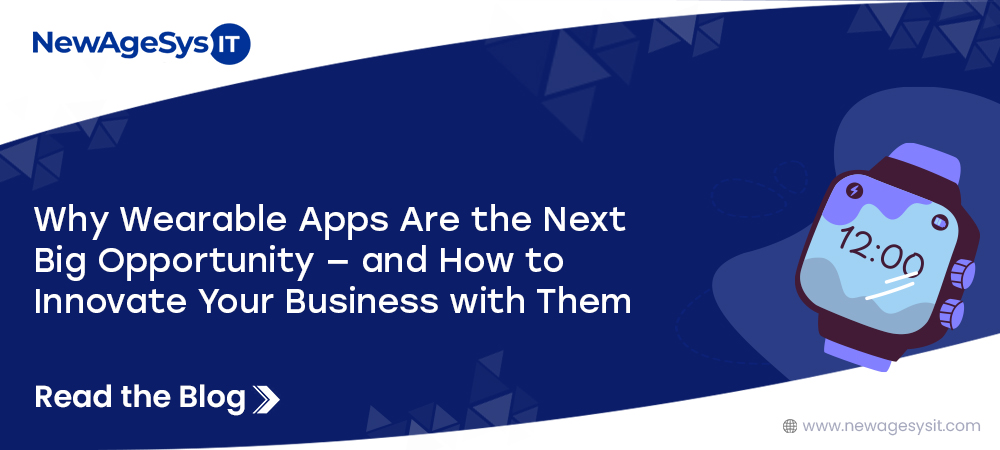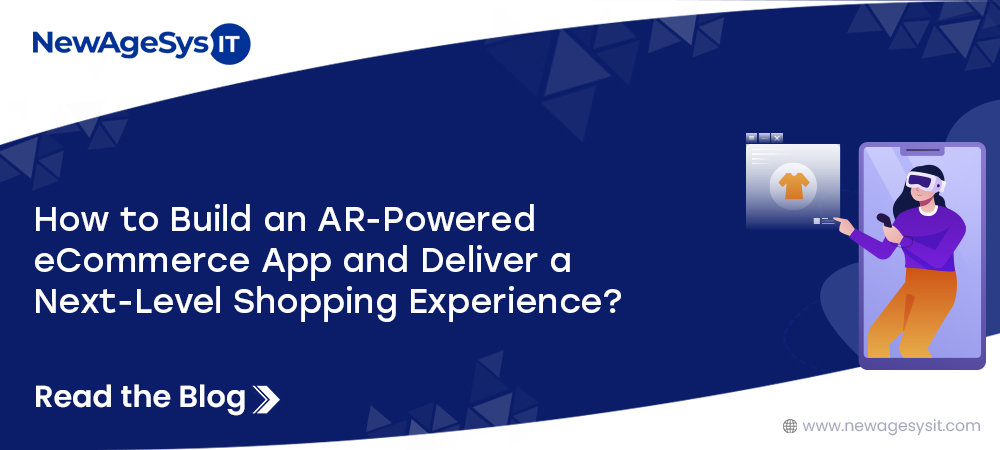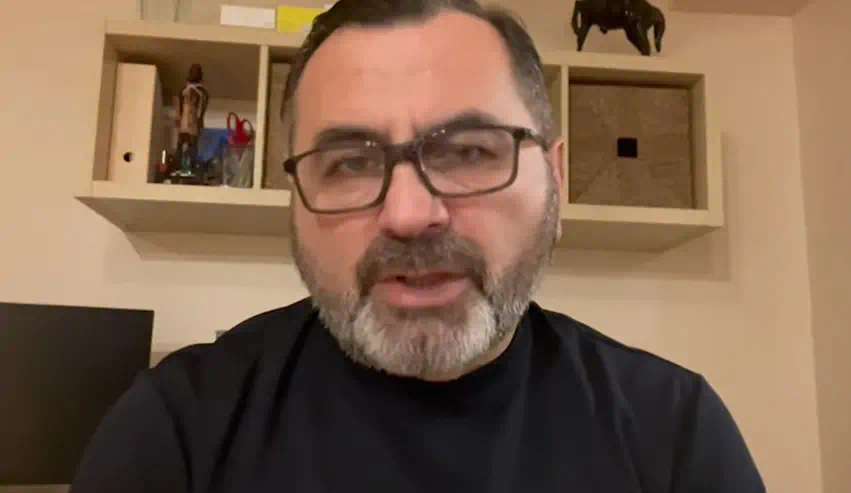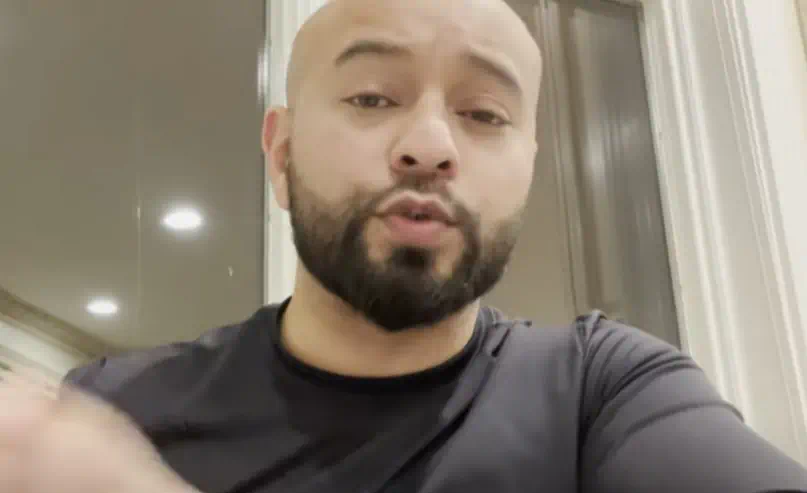Prototypes and mockups are key stages in the process of developing custom software as they provide a complete picture of what the end product will look like visually and functionality-wise. They help to refine requirements, collect feedback, and align stakeholder expectations. With its advanced natural language processing capabilities, ChatGPT can substantially improve the prototyping process by creating mockup designs that are quicker to produce.
Accelerating Prototyping with ChatGPT
Generating Initial Prototypes
ChatGPT can be used to create initial prototypes based on high-level requirements or user stories from scratch. Developers provide detailed prompts about desired features or functionalities upon which they get a basic prototype that shows the major components of the final product. For example, if a client needs a task management app; ChatGPT can generate a prototype having basic features such as task creation, assignment, and status tracking. This quick prototyping helps visualize the project scope fast and even better obtain quick feedback.
Creating Wireframes and Layouts
Developers can describe the layout requirements such as UI element placement pattern navigation flow through which ChatGPT develops visual representations to act as the basis for further development of actual software systems. These could be detailed sketches of each screen showing where buttons, text fields among other elements should be. However, wireframes act like blueprints that guide design processes.
Iterative Refinement
This iterative process means that the prototype is updated iteratively with feedback from the stakeholders as requested by them. It is easily done through ChatGPT because it can add new features, change layout, or improve functionality in no time. This means that the prototype should evolve based on feedback; for instance, if a stakeholder requests to change the navigation structure, ChatGPT will generate an updated prototype reflecting this change immediately. Its flexibility allows for rapid adjustments so that the final product closely matches the client’s vision.
Enhancing Mockup Creation with ChatGPT
Detailed Mockups
Apart from just simple prototypes, additional elaborate mockups are created by ChatGPT and contain more specific design elements such as color schemes, typography, and detailed UI components which enable designers to realize their visions about the result of their products completely. Developers can come up with high-fidelity mock-ups that look like the final product by giving wide-ranging design specifications. These visual presentations provide a sense of how a software will appear thus making its design choices relate to client preferences.
Interactive Mockups
ChatGPT can help in creating interactive mockups that mimic user interactions and workflows. They boost the level of realness of software by giving stakeholders a chance to experience how it will look in the final draft. They can show how different screens are navigated, how buttons react when clicked, and also display how data is presented and refreshed. When identifying usability issues early on and refining the user experience, this interactive element is very useful.
Integration with Design Tools
ChatGPT software can be easily integrated with Figma, Sketch, or Adobe XD – popular tools for design. This synchronization provides a more efficient process of converting textual descriptions into visual designs. It is used to maximize the efficiency of the design process and ensure that all mock-ups related to the final output are consistent. The first step in designing ChatGPT is to automate this initial phase and it will improve the visual elements as designers focus on refining and perfecting them. The seamless integration allows a smooth transition from concept through design to ensure accurate capturing and representation of all visual elements.
Practical Applications and Benefits
Improved Communication
The communication gap between developers, designers, and stakeholders has been narrowed down by prototyping of any kind made possible by ChatGPT. Visualizing ideas helps in collecting feedback that ensures common understanding among people involved in creating a product as well as reducing chances for misunderstandings between clients who may think that their expectations have not been met due to poor communication channels. By improving communication skills all participants become better collaborators causing improved project management.
Faster Iterations
It speeds up the development by enabling quick generation and refinement of prototypes/mockups. Addressing early raised issues resulting from feedback helps avoid expensive late changes in the developmental stage while aligning final products with the user’s interests/needs. Fast iterations also mean being able to respond promptly when projects are redefined or new requirements emerge so that they can be kept on track.
Enhanced User Experience
Developers will always go ahead in ensuring a decent experience for users by incorporating feedback and constantly refining prototypes/mockups they develop for these programs. Interactive mock-ups, however, offer insight into the interaction between users with software hence enriching their services based on users’ interest orientation towards UX/UI designs’. The user-centric approach entails focusing on user experience leading to more intuitive software solutions that tend to be more engaging. Moreover, a well-designed user interface leads to increased user satisfaction and successful adoption of the software.
Cost-Effective Development
Efficient prototyping and mockup creation reduce the time and resources required in the early stages of development. Taking this cost-effective approach consequently improves resource allocation while lowering total development costs. Developers can avoid costly rework by identifying potential issues at an early stage, thus making their software development process smoother. The money saved can be used for further feature developments or improvements that could raise the value of the final product.
In conclusion, there are significant advantages when using ChatGPT for custom software prototyping and mockups in terms of efficiency, communication, and user experience. This significantly speeds up these crucial stages thereby delivering high-quality custom software solutions that meet client expectations while giving them exceptional customer experience via effective use of Chat GPT during prototype stages which will lead to satisfying end products. Custom software design and development is also expected to incorporate more artificial intelligence tools such as ChatGPT going forward which would drive innovation and excellence in the custom software development sector as AI technology advances beyond imagination’s borders.








